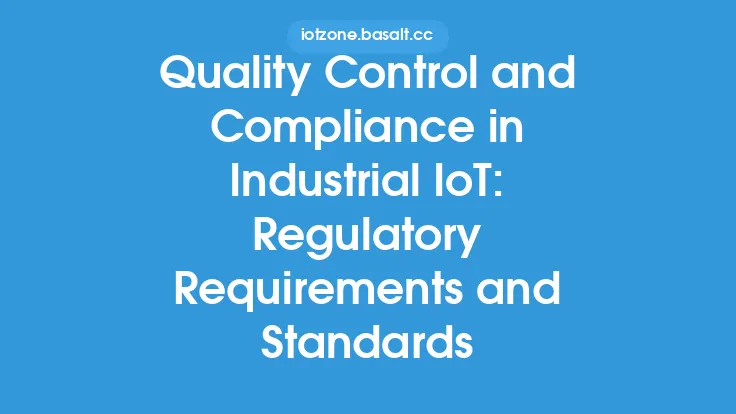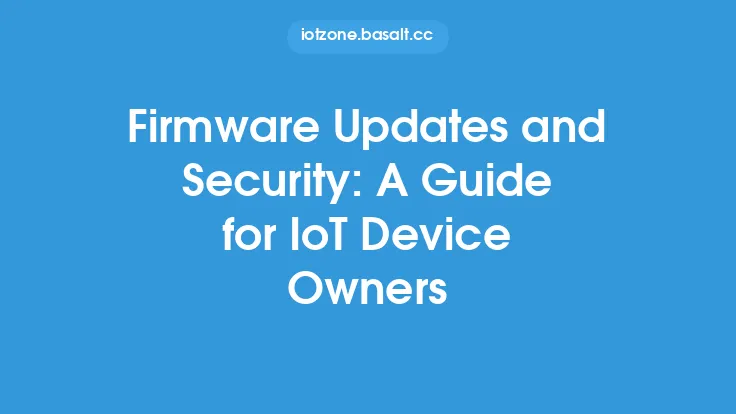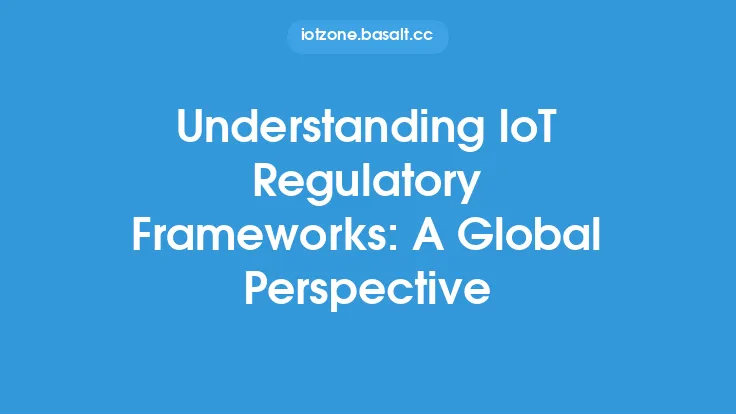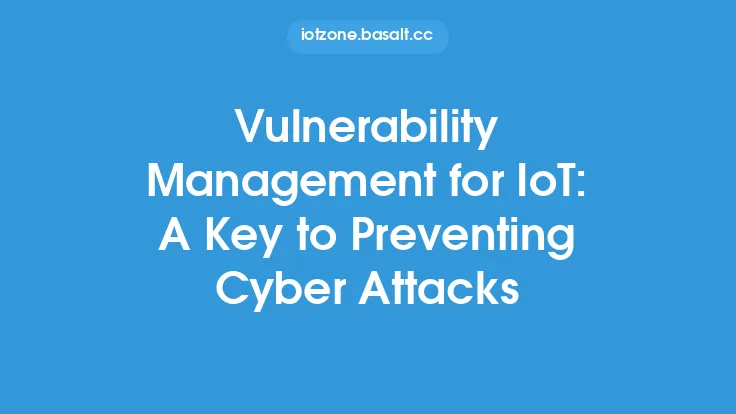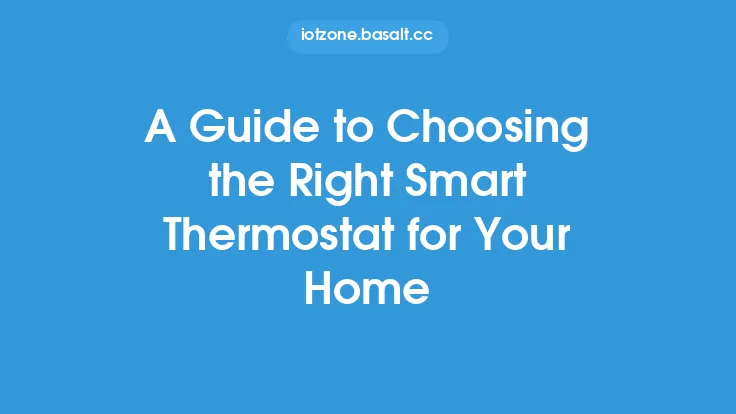The Internet of Things (IoT) has revolutionized the way we live and work, with an estimated 22 billion connected devices worldwide by 2025. As the number of IoT devices continues to grow, so does the concern for their security and the potential risks they pose to individuals, businesses, and societies. IoT device manufacturers are facing increasing pressure to ensure that their products meet stringent regulatory requirements, which can vary depending on the region, industry, and type of device. In this article, we will delve into the regulatory requirements for IoT device manufacturers, providing a comprehensive guide to help them navigate the complex landscape of compliance and regulations.
Introduction to IoT Regulatory Requirements
IoT device manufacturers must comply with a wide range of regulations, from general product safety standards to specific industry requirements. These regulations are designed to protect consumers, prevent harm, and ensure that devices are secure and reliable. Some of the key regulatory requirements for IoT device manufacturers include:
- Compliance with industry-specific standards, such as those set by the Federal Communications Commission (FCC) for wireless devices
- Adherence to general product safety standards, such as those set by the Consumer Product Safety Commission (CPSC)
- Implementation of security measures to protect against cyber threats, such as encryption and secure authentication
- Compliance with data protection regulations, such as the General Data Protection Regulation (GDPR) in the European Union
Security Requirements for IoT Devices
IoT devices are vulnerable to cyber threats, which can compromise their security and put users' personal data at risk. To mitigate these risks, IoT device manufacturers must implement robust security measures, including:
- Secure authentication and authorization mechanisms to prevent unauthorized access
- Encryption to protect data in transit and at rest
- Regular software updates and patching to fix vulnerabilities
- Secure communication protocols, such as Transport Layer Security (TLS) and Secure Sockets Layer (SSL)
- Compliance with industry-specific security standards, such as the National Institute of Standards and Technology (NIST) Cybersecurity Framework
Data Protection and Privacy Requirements
IoT devices often collect and transmit personal data, which must be protected in accordance with relevant data protection regulations. IoT device manufacturers must ensure that they comply with data protection requirements, including:
- Transparency about data collection and usage
- Obtaining user consent for data collection and processing
- Implementing data protection by design and by default
- Ensuring data security and integrity
- Complying with data breach notification requirements
Industry-Specific Regulatory Requirements
IoT device manufacturers must comply with industry-specific regulatory requirements, which can vary depending on the type of device and the industry in which it is used. For example:
- Medical devices must comply with regulations set by the Food and Drug Administration (FDA)
- Automotive devices must comply with regulations set by the National Highway Traffic Safety Administration (NHTSA)
- Industrial control systems must comply with regulations set by the Department of Homeland Security (DHS)
- Consumer devices must comply with regulations set by the CPSC and the FCC
Compliance with International Regulations
IoT device manufacturers must also comply with international regulations, which can vary depending on the region and country in which the device is sold. For example:
- The European Union's GDPR sets strict data protection requirements for devices sold in the EU
- The California Consumer Privacy Act (CCPA) sets strict data protection requirements for devices sold in California
- The Chinese Cybersecurity Law sets strict cybersecurity requirements for devices sold in China
Best Practices for IoT Device Manufacturers
To ensure compliance with regulatory requirements, IoT device manufacturers should follow best practices, including:
- Conducting regular risk assessments and vulnerability testing
- Implementing secure development practices, such as secure coding and code reviews
- Providing transparent and clear information about data collection and usage
- Ensuring that devices are designed with security and privacy in mind
- Staying up-to-date with the latest regulatory requirements and industry standards
Conclusion
The regulatory landscape for IoT device manufacturers is complex and ever-evolving. To ensure compliance with regulatory requirements, manufacturers must stay informed about the latest regulations and industry standards. By following best practices and implementing robust security measures, IoT device manufacturers can protect their users' personal data, prevent harm, and ensure that their devices are secure and reliable. As the IoT continues to grow and evolve, it is essential that manufacturers prioritize compliance and security to build trust with their users and maintain a competitive edge in the market.
